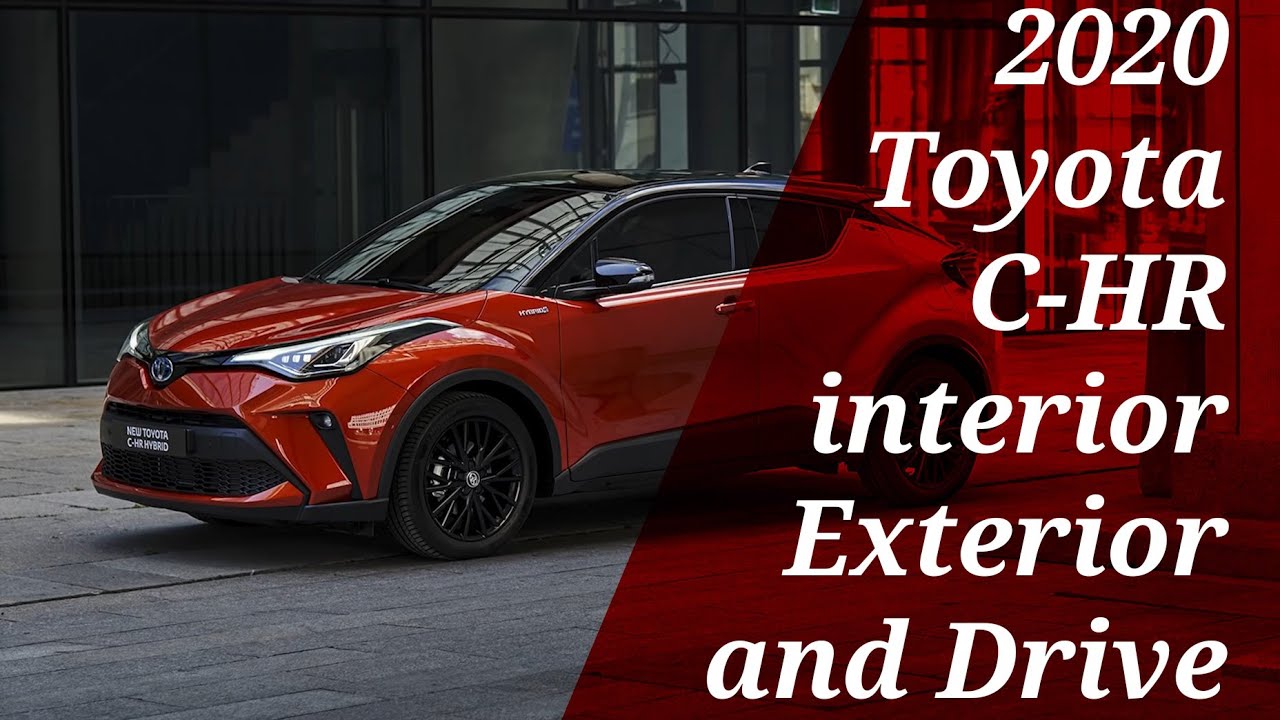
The new Toyota C-HR
POWERTRAINS
Segment-unique choice of two hybrid powertrains - 1.8 and 2.0 litre
New hybrid powertrain features all-new 2.0 litre Hybrid Dynamic Force engine with world-beating 41% thermal efficiency
All-new lighter, more compact hybrid system reflects significant advances in battery, electric motor and petrol engine technologies
1.2 litre turbo powertrain with optional All-wheel Drive (AWD) System
The new, 2020 Toyota C-HR offers customers an expanded, segment-unique powertrain range which features a second, 2.0 litre Hybrid Dynamic Force system positioned at the top of the range.
This fourth generation hybrid powerplant features a new 2.0 litre petrol unit from a completely new family of Toyota engines. Offering reduced internal losses and breakthrough engineering on volumetric efficiency, it develops 112 kW of power whist achieving a thermal efficiency of 41% – a combination of power versus efficiency that is unrivalled today in mass production.
Delivering 135 kW/184 hp, the new 2.0 litre hybrid powertrain combines superior dynamic performance with even greater efficiency than the 1.8 system. An output of 50% more power, while the consumption only increases by 10%. It generates CO2emissions as low as 118 g/km (WLTP) – a figure unrivalled within its segment – and returns combined fuel consumption of only 5.3 l/100 km.
The 90 kW/122 hp 1.8 hybrid powertrain is now equipped with a smaller, lighter and even more powerful lithium-ion battery pack. This is able to absorb and deliver more current, enhancing the electric motive force delivery. The system is even more natural to drive and maintains its emission standard at just 109 g/km (WLTP).
The 2020 Toyota C-HR is also available with a 1.2 litre turbo engine. Delivering 85 kW/116 hp and 185 Nm of torque, this unit generates CO2emission of from 154 g/km (WLTP) and returns a combined fuel consumption of from 6.9 l/100 km (WLTP).
The 1.2 litre turbo may be mated to either a six-speed manual gearbox or a Continuously Variable Transmission. CVT-equipped versions are available with either front- or all-wheel drive.
And finally, a 2-litre with 109 kW/148 hp, 189 Nm CVT-only model will be available for Eastern European markets.
TEMPERATURE CONTROL
Temperature control is essential to facilitate the unit’s high efficiency operation. Dynamic Force engines have been designed without a mechanical water pump housing in the base block. Coolant flow direction is controlled through several pathways, and the flow speed continuously varied by means of an electric pump.
Depending on operation mode and unit temperature, flow control valves guide the coolant to create the correct warm-up and cool down effects to keep the engine within the designated temperature range.
WORLD-BEATING THERMAL EFFICIENCY
Thermal efficiency is a measurement that reflects how well an engine converts the energy available in its fuel into usable energy to power the vehicle.
As a result of a the listed mechanical improvements, state-of-the-art management systems and the utilisation of the Atkinson cycle, the new 2.0 litre engine achieves a maximum thermal efficiency of 41% – the world’s highest level for a mass-produced petrol engine. This surpasses even the 40% figure of the 1.8-litre engine in the fourth generation Prius.
MULTI-SHAFT HYBRID TRANSAXLE
The two different engines are combined with different transaxles. A power balance is essential to achieve smooth propulsion from the hybrid system, whilst oversizing creates unwanted losses.
The 4thgeneration 2.0 litre Hybrid Dynamic Force system has a redesigned transaxle that offers more efficient performance and packaging, and reduced weight. A gear train with the two electric motor/generators placed on multiple axes has been adopted to shorten overall transaxle length by 44 mm compared to the previous generation hybrid system.
FULLY-REDESIGNED POWER CONTROL UNIT
33% smaller than, and offering a 20% saving in electrical losses over its predecessor, the fourth generation power control unit (PCU) is a technological marvel, boasting super high efficiency while boosting voltage up to 650V for the electric motors.
The PCU is the multi-purpose electrical heart of the vehicle, housing the inverter/voltage booster, a DC/DC converter for auxiliary power and the electronic control for the motor-generators.
Read More https://newsroom.toyota.eu/2020-the-n…
WARNING: Using music without permission is prohibited.
“SUBSCRIBE NOW”
#2020ToyotaC-HR #newtoyotachr #interior #review #carblog #carblogadana #carblog_adana










![[特選中古車]MT-25 カスタム多数!!](https://www.fujijikou.jp/wp-content/uploads/2019/11/MT-25-150x150.jpg)












